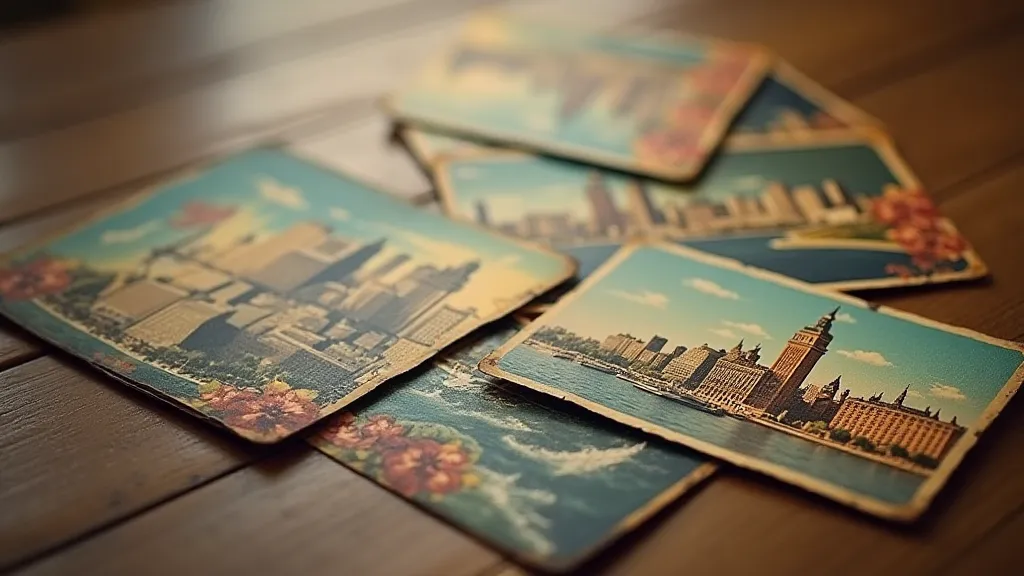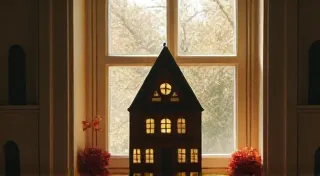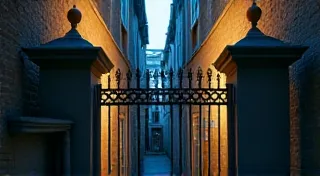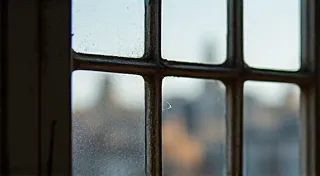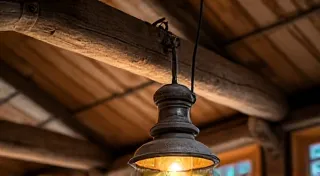Echoes in Sepia: How City Views Capture Fleeting Moments of Progress
There’s a particular ache that settles in the chest when you hold an antique city postcard. It's not just the texture of the aged paper, nor the delicate wear around the edges. It’s the palpable sense of a moment vanished, a world irrevocably changed. These small rectangles, once trivial missives carrying greetings and snapshots of life, now serve as poignant time capsules, whispering stories of ambition, innovation, and the relentless march of progress.
I remember finding my first antique postcard – a view of Pittsburgh’s South Side – at a flea market years ago. The grime on the image, the faded hues, the slight curve from years of handling… it wasn't just a picture; it was a doorway. Suddenly, I wasn't just looking at brick buildings and steel mills. I was standing beside the men who built them, feeling the heat from the furnaces, hearing the clang of the machinery. It sparked a fascination that has consumed me ever since.
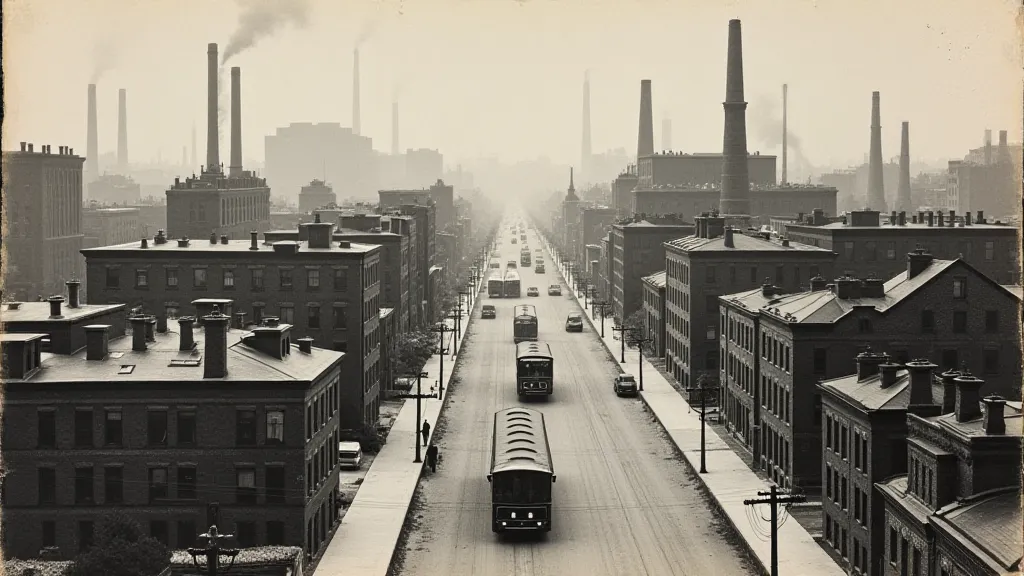
The Dawn of Mass Communication and Urban Transformation
The rise of antique city postcards is intrinsically linked to the late 19th and early 20th centuries – a period of unprecedented urban growth and technological advancement. The invention of the chromolithograph printing process, coupled with the expanding postal system, made it possible to reproduce and distribute images on a scale never before imagined. Suddenly, people living far from bustling metropolises could have tangible glimpses of New York's skyline, Chicago’s burgeoning business district, or the industrial heart of Detroit.
These weren't simply pretty pictures. They were advertisements, both overt and subtle, for a rapidly changing world. Postcards documenting industrial growth – the construction of railways, the rise of factories, the development of new technologies – were immensely popular. They celebrated human ingenuity and the promise of a brighter, more prosperous future, often overlooking the human cost of this progress. Think of the “Rapid Growth” series, often boasting idealized depictions of expanding rail lines, or the “Detroit Progress” cards that captured the city’s transformation into a manufacturing powerhouse. Understanding these series, recognizing their common layouts and artistic styles, is crucial for any serious collector. The visual language employed, the deliberate framing of structures and landscapes, all contributed to a narrative about growth and dynamism – a narrative often simplified and sanitized for mass consumption. It’s fascinating to consider how these images, seemingly benign, actively shaped perceptions of urban life at the time.
More Than Just Images: Reading the Postcard's Narrative
But these cards tell us more than just what cities looked like. They reveal societal values and anxieties. The sheer number of postcards depicting grand train stations, for example, speaks to the romantic ideal of travel and the importance of rail transport in connecting communities. The inclusion of large crowds—lines of people eagerly awaiting a train or admiring a new building—highlights the communal excitement surrounding progress. Examining the reverse side of the postcard—often bearing a brief, handwritten message—can offer even more intimate glimpses into the lives of those who sent and received them. These fragments of conversation – “Wish you were here!” or “Having a wonderful time!” – are precious anchors to the past. The advertisements often found on the backs of these cards offer a further glimpse into the consumer culture of the era, a subtle but powerful form of persuasion that shaped desires and purchasing habits. Studying these postcards allows us to decipher the advertising language of early postcard backs, revealing a unique form of persuasive communication.
Postcard geography also plays a crucial role. Certain cities were simply more popular subjects than others. New York, Chicago, and San Francisco consistently topped the list due to their iconic skylines and perceived dynamism. Less-known cities, however, often offer a unique glimpse into regional industries and local cultures. These “diamond in the rough” postcards can be remarkably valuable, as they represent a rarer perspective on a specific era. Consider the deliberate presentation of scale in these images—how buildings are rendered to appear taller, streets longer—it's almost as if the very essence of the city is presented in miniature, carefully curated to evoke a particular impression.
The Craftsmanship and Artistic Styles
The artistry behind antique city postcards is often overlooked. Many were produced by renowned lithographic companies, whose artists possessed remarkable skill in depicting architectural detail and capturing the atmosphere of a place. While early postcards often used simple line drawings, the advent of chromolithography allowed for the use of vibrant colors and intricate shading, bringing a new level of realism to these miniature artworks. The use of perspective, the rendering of light and shadow, and the meticulous detail given to architectural elements all contribute to the artistic merit of these cards. The processes employed to create these images were complex and often involved multiple stages, requiring a deep understanding of color theory and printing techniques.
Understanding the different artistic styles prevalent during specific periods is essential for identification and appreciation. The "Real Photo Postcard" (RPPC) movement, for instance, marked a shift towards more realistic and candid portrayals of city life, utilizing photographic images printed directly onto postcard stock. Identifying the publisher’s mark – often subtly embossed on the postcard’s border – is also a key skill for collectors. Researching these publishers and their signature styles can unlock a deeper understanding of the postcard’s history and potential value. The subtle variations in printing techniques – the dot patterns, the color registration – can even be analyzed to understand the spectral signature of these printing techniques, providing a deeper level of insight for the dedicated collector.
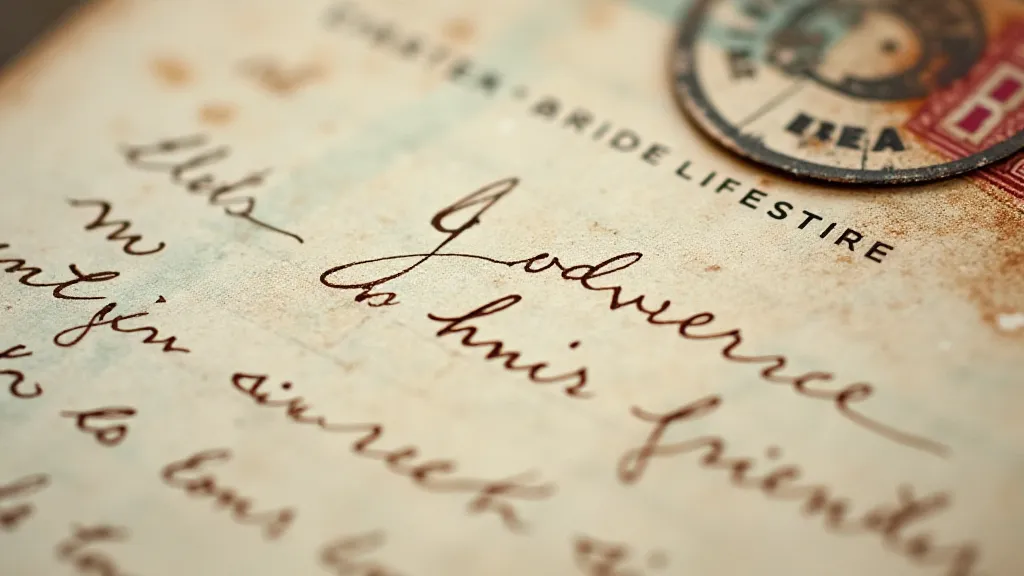
Challenges and Considerations for Collectors
Collecting antique city postcards, like any historical pursuit, presents its challenges. Condition is paramount. Postcards that have been heavily damaged, torn, or discolored are generally less valuable. However, even cards in less-than-perfect condition can still hold immense historical significance. Restoration – or rather, preservation – is a delicate matter. Attempting to aggressively clean or repair a postcard can easily damage its integrity and diminish its value. Consulting with experienced collectors or professional conservators is always recommended. The patterns and recurring motifs found in these collections often reveal larger trends and underlying narratives – a phenomenon explored in detail by those studying the serialized metropolis in postcard series collections.
Authenticity is another crucial factor. Forgeries do exist, particularly of rare or highly sought-after cards. Careful examination of the postcard’s paper stock, printing techniques, and publisher’s mark can help to identify potential forgeries. Building a strong network of fellow collectors and attending postcard shows can provide invaluable opportunities to learn from experts and share knowledge. The value placed on specific postcards isn't solely determined by scarcity but also by the context surrounding them – their historical significance, the stories they tell, and the cultural resonance they evoke.
A Legacy Etched in Paper
Antique city postcards are more than just collectible items; they are tangible links to the past—small, evocative windows into a world transformed. They remind us of the relentless march of progress, the sacrifices made in the pursuit of a brighter future, and the enduring human desire to connect and share experiences. Holding one in your hand, feeling the weight of history, is a truly humbling experience—a silent conversation with the past, echoing in sepia tones. They are fragments of dreams, aspirations, and the indelible mark of human endeavor, frozen forever in time. The stories these postcards tell are incomplete, fragmented glimpses into a vanished era, but they serve as powerful reminders of the human desire to document, to connect, and to leave a lasting legacy.
